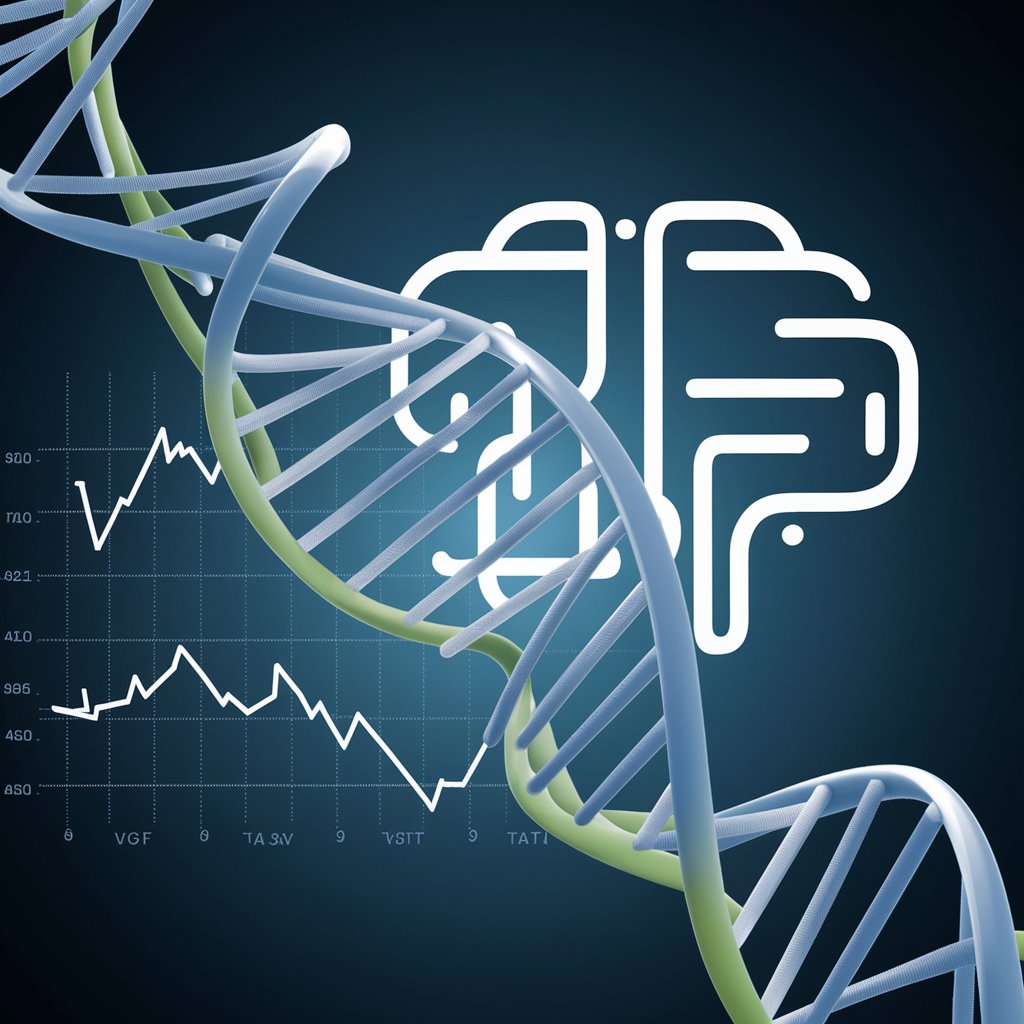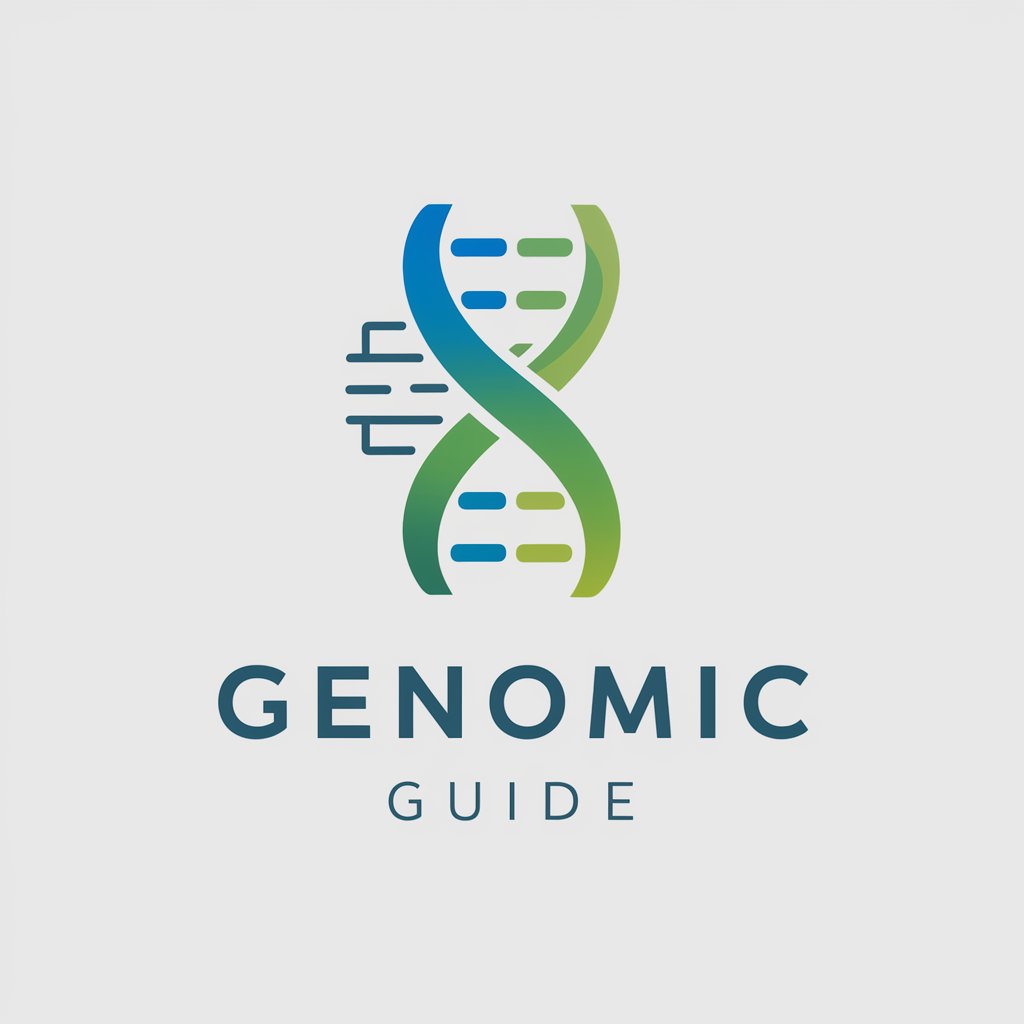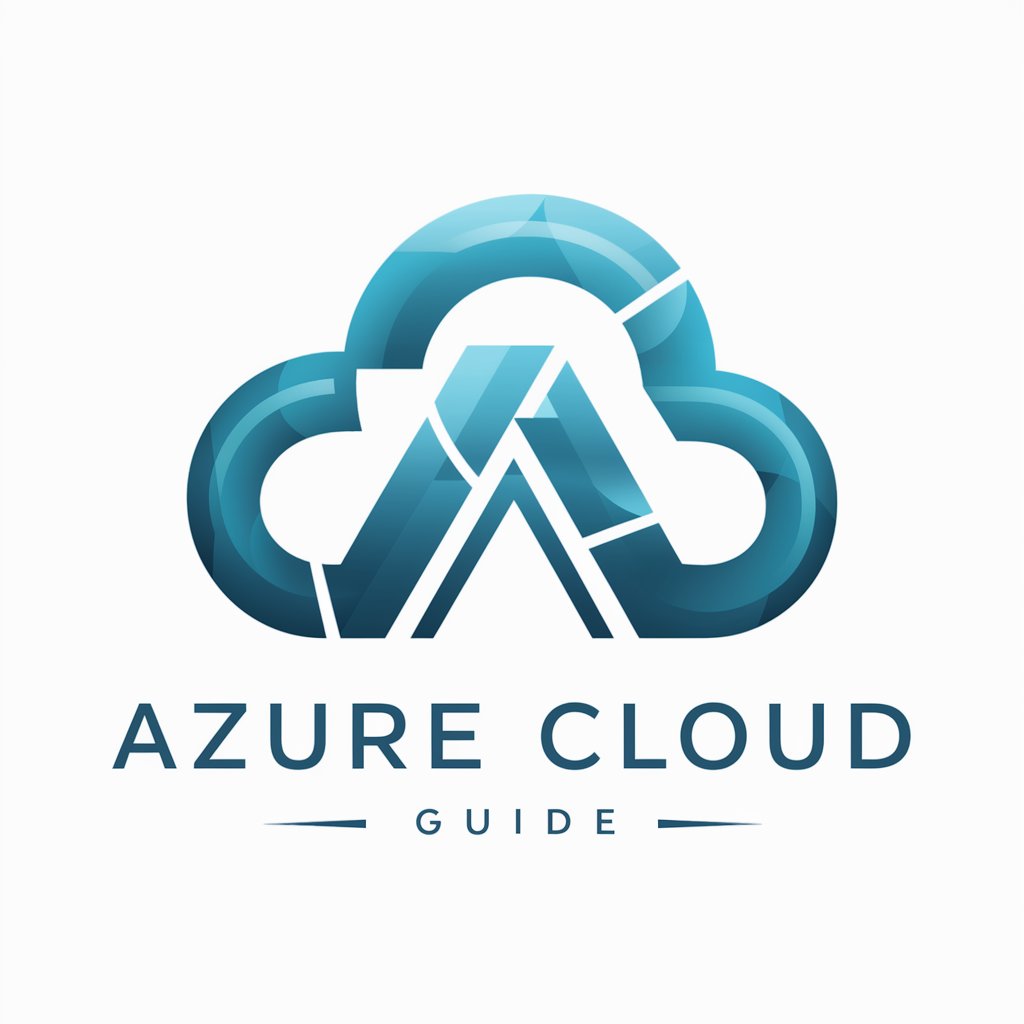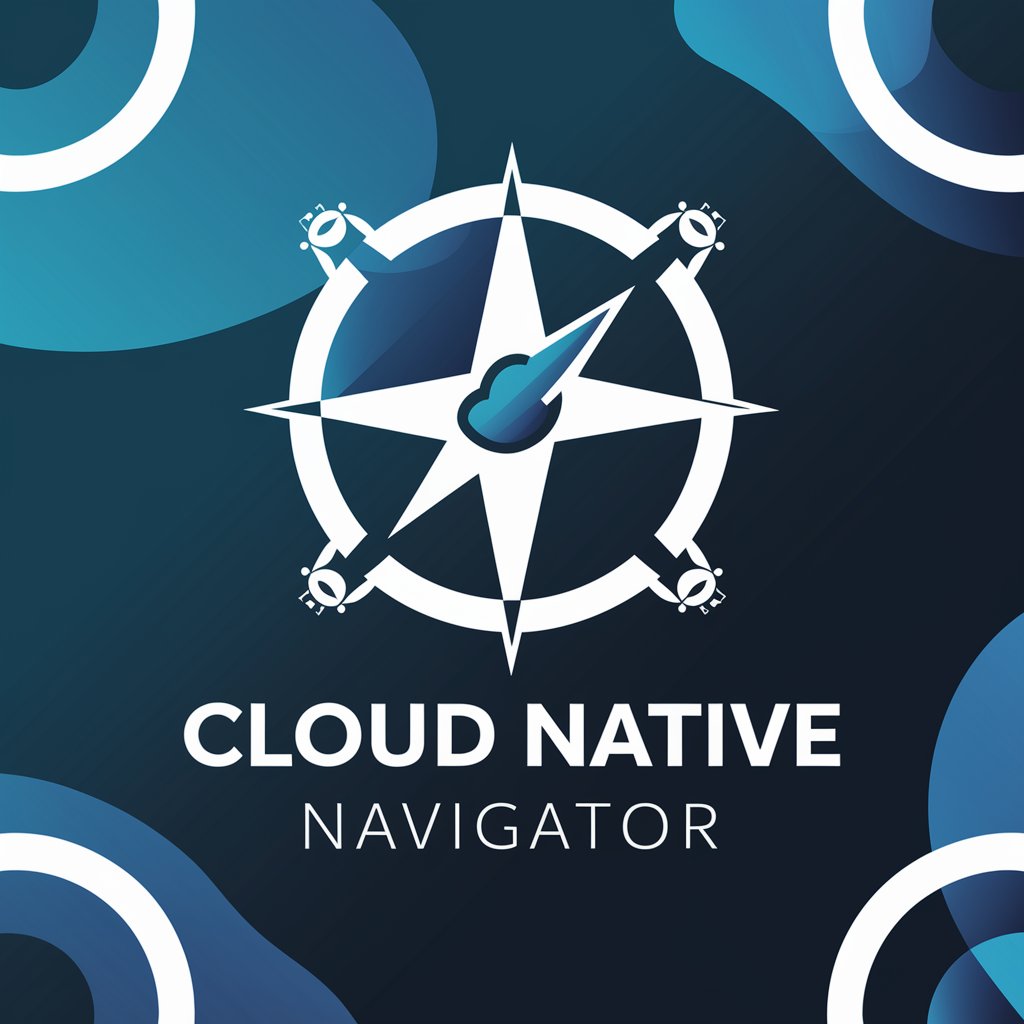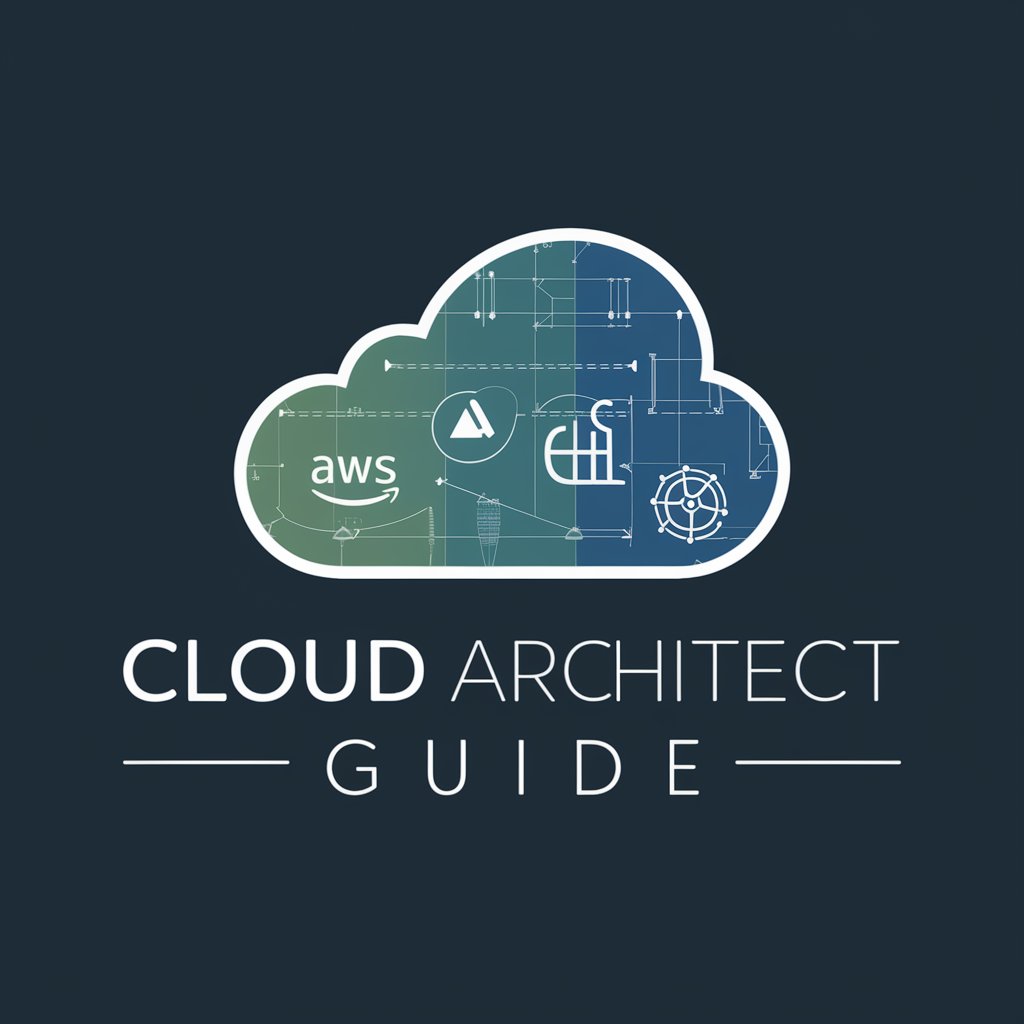
Cloud Genomics Guide - Cloud-Based Genomic Analysis
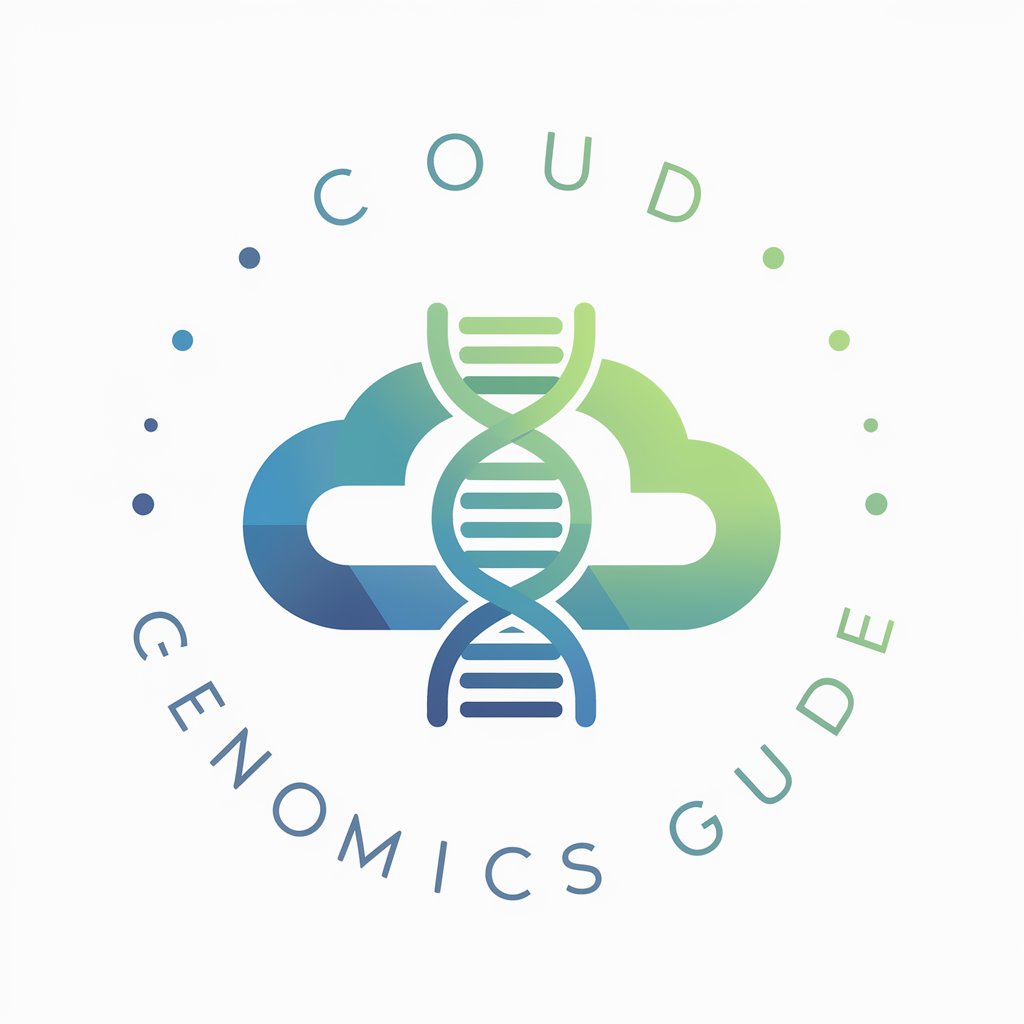
Welcome! How can I assist you with cloud computing and genomics today?
Empowering Genomics with AI
Can you explain the benefits of using cloud computing for genomic data analysis?
What are some best practices for managing large genomic datasets in the cloud?
How does distributed computing enhance genomic research?
Which cloud platforms are most suitable for genomic data processing and why?
Get Embed Code
Introduction to Cloud Genomics Guide
Cloud Genomics Guide is designed as a specialized resource for individuals and organizations navigating the complexities of cloud computing and distributed computing in the context of genomic data analysis. It aims to bridge the gap between cutting-edge cloud technologies and genomics research, providing insights, guidance, and solutions tailored to this intersection. The guide is intended to help users leverage cloud computing's scalability, storage, and computing power to manage, analyze, and interpret large genomic datasets efficiently. For example, a scenario illustrating its purpose could involve guiding a research team on the best practices for setting up a cloud-based bioinformatics pipeline, including choosing the right cloud service providers, configuring computational resources, and ensuring data security and compliance with regulations. Powered by ChatGPT-4o。

Main Functions of Cloud Genomics Guide
Guidance on Cloud-Based Genomic Analysis
Example
Advising on setting up scalable bioinformatics workflows in the cloud.
Scenario
A research lab seeks to analyze vast amounts of next-generation sequencing data. Cloud Genomics Guide provides detailed steps for utilizing cloud infrastructure to scale computational resources as needed, optimizing cost and performance.
Best Practices for Data Management and Security
Example
Recommendations for secure storage and sharing of sensitive genomic data.
Scenario
A healthcare organization needs to store patient genomic data securely in the cloud. The guide outlines how to implement encryption, access controls, and compliance with health data protection regulations.
Cost Optimization Strategies
Example
Strategies for managing and reducing costs associated with cloud computing resources.
Scenario
A startup developing a genetic analysis platform is looking for ways to minimize cloud computing costs. The guide provides insights into selecting the right pricing models, leveraging reserved instances, and monitoring usage to optimize expenses.
Integration of Machine Learning and AI
Example
How to incorporate AI/ML models for genomic data analysis and prediction.
Scenario
An academic institution is interested in applying machine learning to identify genetic markers for diseases. The guide explains the process of integrating AI algorithms with genomic datasets in the cloud, including data preprocessing, model training, and evaluation.
Ideal Users of Cloud Genomics Guide Services
Research and Academic Institutions
These entities often engage in complex genomic research requiring significant computational resources. Cloud Genomics Guide can help them navigate cloud infrastructure to support their research projects, ensuring efficient data analysis and collaboration.
Healthcare Organizations
Organizations that deal with genomic data for patient care, such as personalized medicine, can benefit from guidance on securely managing and analyzing genomic information in the cloud, complying with healthcare regulations and improving patient outcomes.
Biotech and Pharma Companies
These companies require robust computational resources for drug discovery and genetic research. The guide can assist in implementing scalable and cost-effective cloud solutions, accelerating research and development cycles.
Cloud Engineers and Bioinformaticians
Professionals who specialize in the technical aspects of genomics data analysis can leverage the guide for advanced techniques and best practices in cloud computing, enhancing their workflows and contributing to their fields.

Getting Started with Cloud Genomics Guide
Start Your Journey
Begin by visiting a designated platform offering a free trial without the need for login or a ChatGPT Plus subscription, ensuring immediate access.
Define Your Goals
Identify your objectives within cloud genomics, whether it's data analysis, storage solutions, or computational resources, to tailor the tool's capabilities to your needs.
Explore Features
Familiarize yourself with the tool's functionalities, including data management, analysis pipelines, and collaborative features, through guided tours or documentation.
Experiment with Queries
Utilize the tool to ask specific questions or solve problems related to genomic data analysis, benefiting from the AI's expertise in cloud computing and genomics.
Leverage Advanced Options
For more complex needs, explore advanced features like custom computational workflows, integration with existing databases, and scalability options for large datasets.
Try other advanced and practical GPTs
AJ Pandas Chinese
Master Mandarin with AI

Zen Guru
AI-powered Zen and Meditation Companion

AI 세무 비서
Simplify Tax with AI Power

JokeCheck
AI-powered humor enhancement and analysis

진리
Empowering spiritual growth with AI
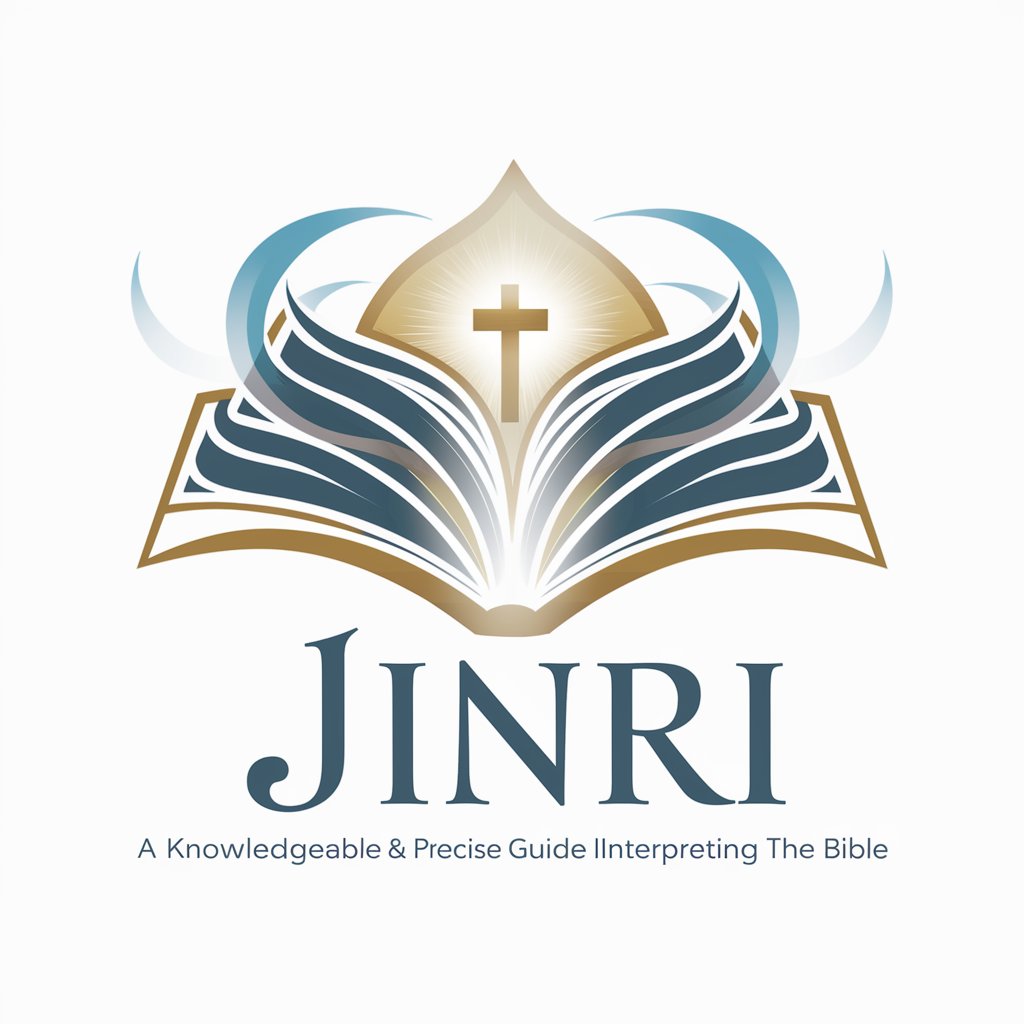
PANTER
Visualize Artistic Concepts with AI Power
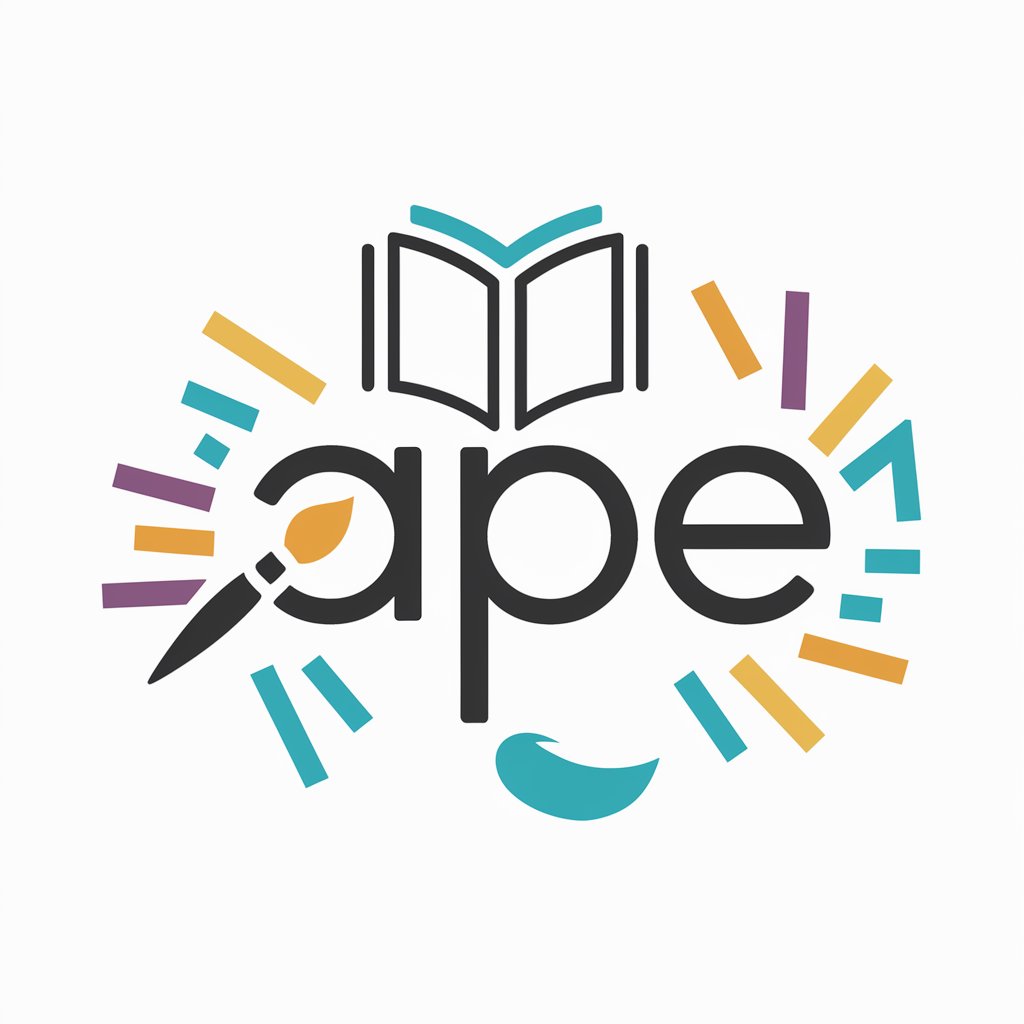
TLM Project Optimizer
Enhancing project outcomes with AI-driven insights
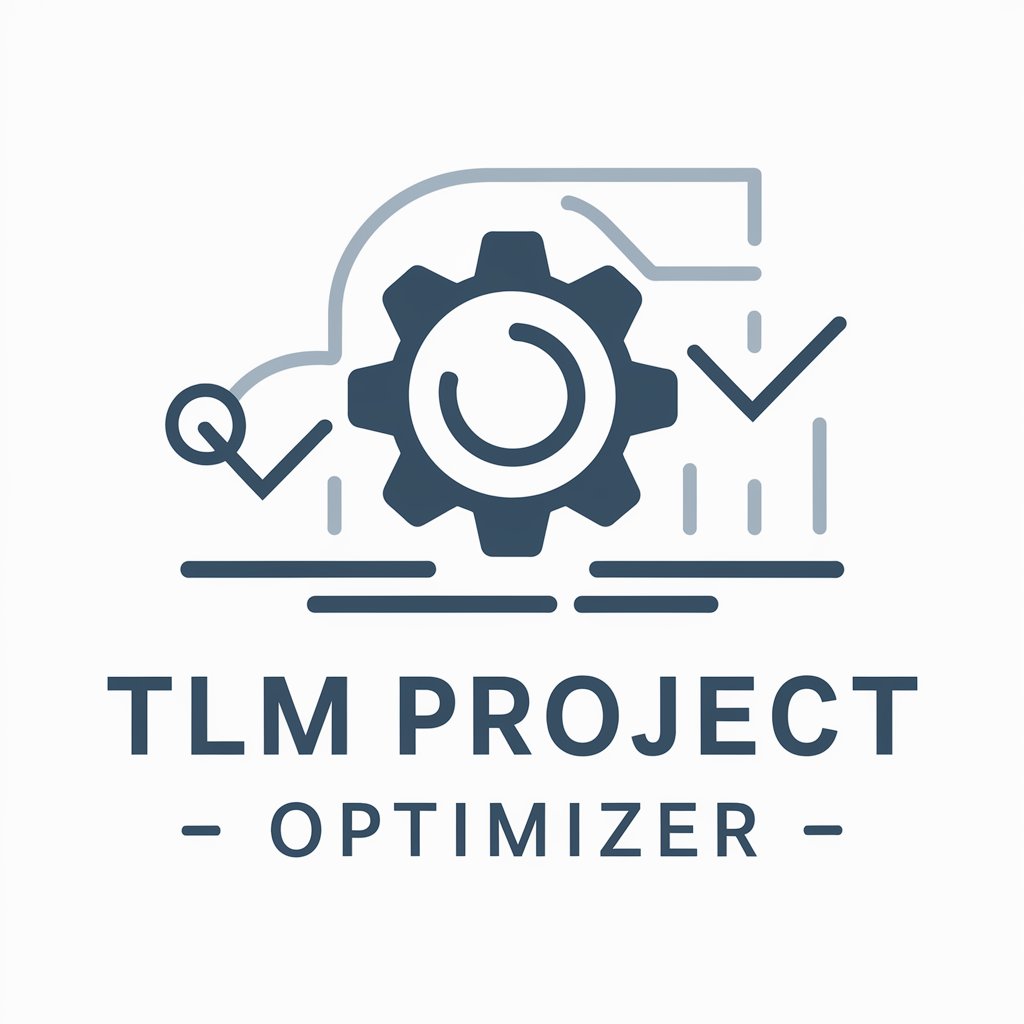
Realismo Animado: De Dibujo a Realidad
Bringing animations to life with AI

Presentation Maker GPT
Craft Presentations Seamlessly with AI
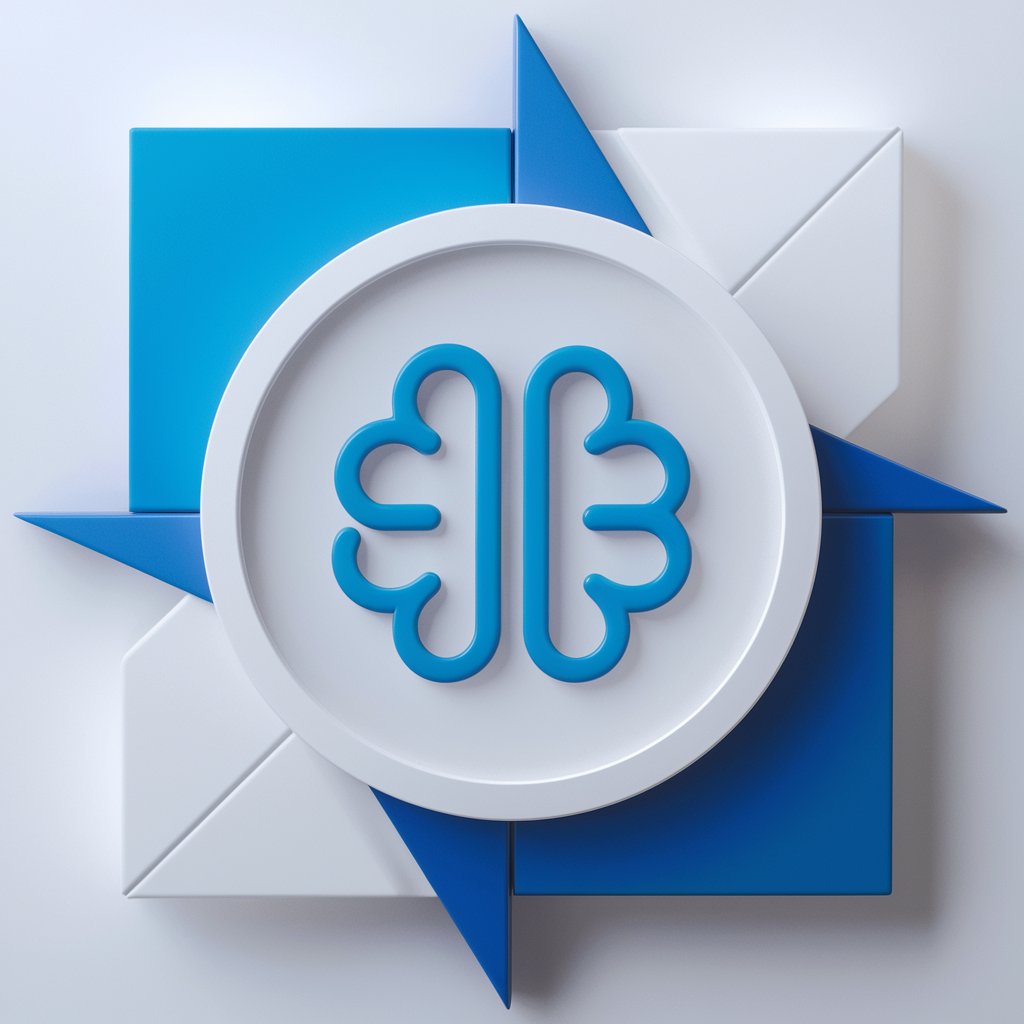
Zombie Survival
Survive the apocalypse with AI-driven storytelling.

RanDumb Storyteller
Crafting unique tales with AI magic

The Resilient Pet Whisperer
Empowering pet care with AI
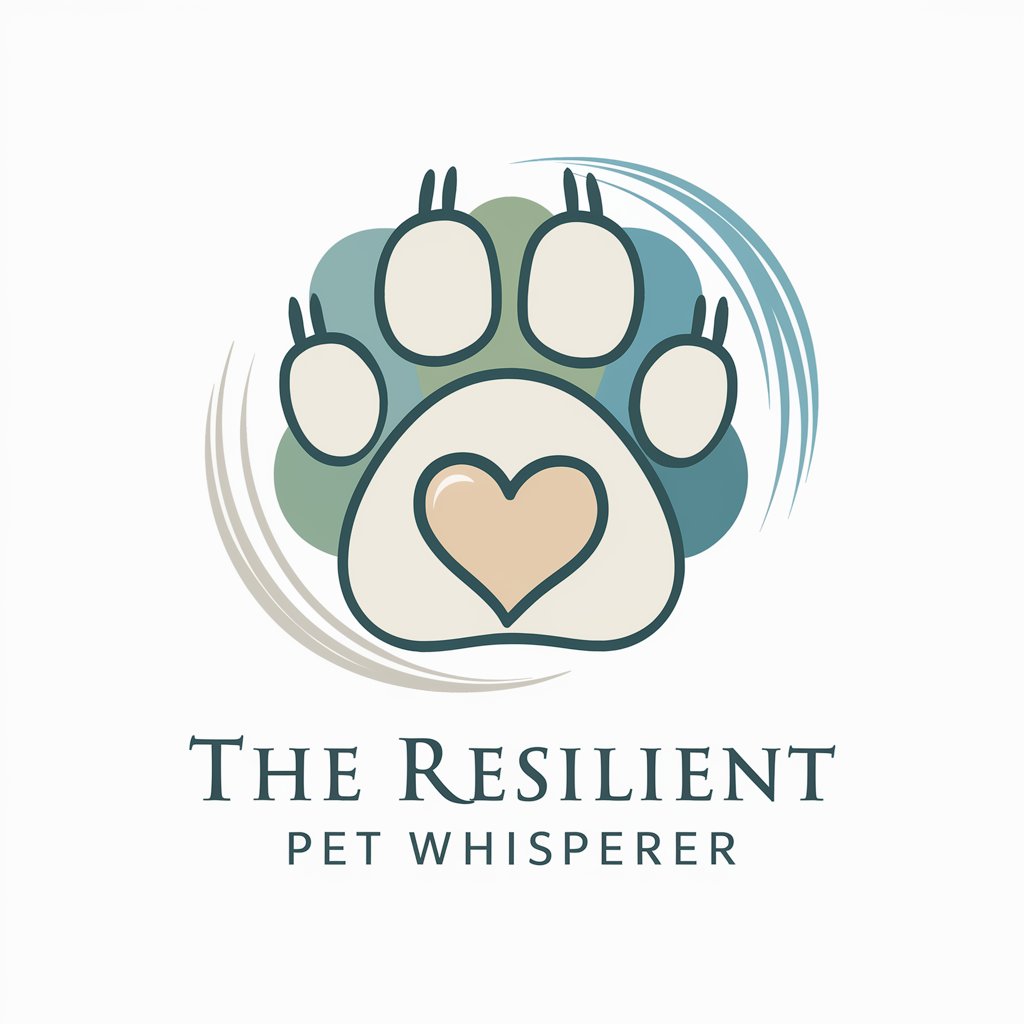
Frequently Asked Questions about Cloud Genomics Guide
What is Cloud Genomics Guide?
Cloud Genomics Guide is an AI-powered tool designed to assist users in leveraging cloud computing for genomic data analysis, providing insights, best practices, and solutions for data management and computational challenges.
Who can benefit from using Cloud Genomics Guide?
Researchers, bioinformaticians, and educators in the field of genomics can benefit, especially those requiring scalable computing resources, data storage solutions, and guidance on best practices in genomic analysis.
How does Cloud Genomics Guide handle data privacy and security?
The tool adheres to strict data privacy and security protocols, ensuring user data is encrypted and stored securely, with access controls and compliance with international data protection regulations.
Can Cloud Genomics Guide integrate with existing genomic data platforms?
Yes, it offers integration capabilities with popular genomic databases and analysis platforms, allowing users to easily import data and utilize cloud-based computational resources for their projects.
What makes Cloud Genomics Guide unique compared to other genomics tools?
Its AI-powered analytics, scalability, and the ability to provide real-time insights and recommendations tailored to individual research needs set it apart, alongside its emphasis on user-friendly interfaces and accessibility.
